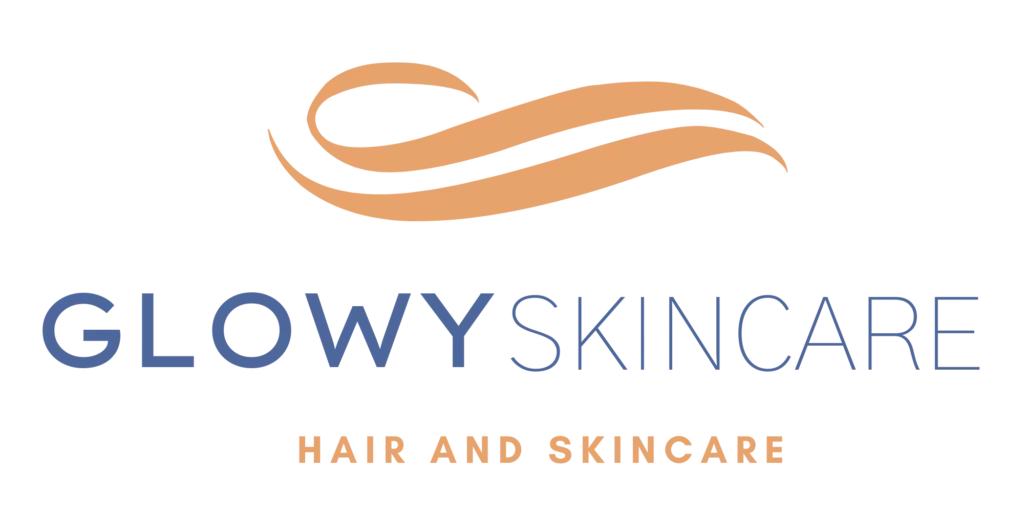Uncategorized
Shaving the Pubic Area
Shaving the pubic area is a personal grooming choice that many individuals make for various reasons. While some do it for aesthetic purposes, others prioritize hygiene or personal comfort. However, it’s essential to understand the benefits, potential risks, and best practices associated with pubic hair removal to make informed decisions about grooming habits.
Benefits of Shaving Pubic Hair
Hygiene
One of the primary reasons people choose to shave their pubic hair is for hygiene purposes. Keeping the area clean and hair-free can reduce the risk of bacterial buildup, odor, and discomfort, especially during physical activities or in warm environments.
Aesthetic Appeal
Shaving the pubic area can enhance its aesthetic appearance, providing a smooth and clean look that some individuals prefer. It can also boost self-confidence and comfort, particularly during intimate moments or while wearing certain types of clothing.
Reduced Friction
For athletes or individuals who engage in activities where friction or chafing is a concern, shaving the pubic area may help reduce irritation and discomfort. Without hair, there is less friction between the skin and clothing or equipment.
Potential Risks and Drawbacks
Skin Irritation
One of the most common drawbacks of pubic hair shaving is skin irritation. The sensitive skin in the pubic area is prone to redness, itching, and razor burn, especially if shaving is not done carefully or with proper techniques.
Ingrown Hairs
Another risk associated with shaving the pubic area is the development of ingrown hairs. When hair follicles become trapped beneath the skin’s surface, they can cause painful bumps, inflammation, and even infection if not treated properly.
Increased Risk of Infection
Shaving the pubic area can create tiny cuts or nicks in the skin, providing entry points for bacteria and viruses. This can increase the risk of infections such as folliculitis or cellulitis, particularly if hygiene practices are not maintained.
Best Practices for Shaving Pubic Hair
Preparation
Before shaving, it’s essential to soften the hair and open the pores by taking a warm shower or bath. This helps reduce friction and irritation and makes shaving more comfortable.
Use the Right Tools
Choose a clean, sharp razor specifically designed for sensitive skin to minimize the risk of cuts and irritation. Avoid using dull blades or sharing razors to prevent infection.
Shaving Technique
Shave in the direction of hair growth using gentle, short strokes to avoid irritation and ingrown hairs. Rinse the razor frequently and apply shaving gel or cream to lubricate the skin and reduce friction.
Aftercare
After shaving, rinse the pubic area with cool water to soothe the skin and remove any remaining shaving cream. Pat the area dry with a clean towel and apply a moisturizer or soothing cream to hydrate the skin and prevent dryness or irritation.
Conclusion
In conclusion, shaving the pubic area is a personal choice that offers both benefits and risks. While it can promote hygiene, aesthetic appeal, and comfort, it also carries the potential for skin irritation, ingrown hairs, and infections. By following proper preparation, using the right tools and techniques, and maintaining good aftercare practices, individuals can minimize the risks associated with pubic hair shaving and enjoy its benefits safely.
